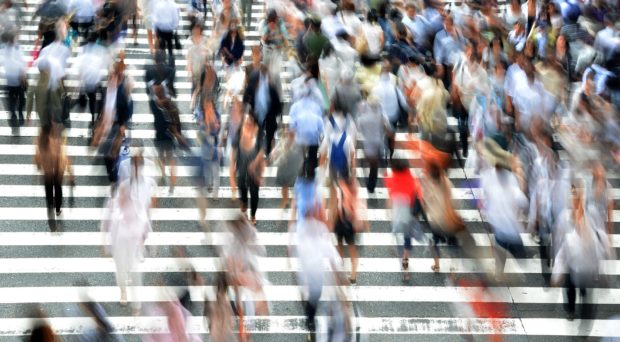
This blog has been cross-posted from the SpringerOpen blog.
Cities are a hallmark of human civilization. They bring people together in a way that fosters positive phenomena such as the formation of innovation hubs and the increase in cultural diversity. These benefits, however, come with costs in the form of urban challenges such as the increase in crime and poverty rates. A better understanding of the complex dynamics of cities can lead to maximization of benefits at lower costs.
In the last few decades, scientists focused their attention on cities by envisioning them as evolving systems that exhibit emergent phenomena built from local-level decisions. Specifically, the evidence of rapid growth in urban indicators with population size has motivated researchers to examine cities as complex systems.
Cities as complex systems
Complex systems refer to any system with many interconnected parts that together exhibit properties distinct from the aggregation of their individual properties. In the context of cities, this can be seen in the urban indicators like income, violent crime, or patents. If you take a set of cities and aggregate one of their indicators, the aggregated indicator differs from the same indicator in one city whose the total population size is equal to the set of cities.
The relationship between growth and urban indicators suggests a general mechanism underlying urbanization and indicates the presence of regularities in cities, regardless of their characteristics.
From this perspective, cities appear chaotic but yet, they exhibit ordered patterns across different scales. This viewpoint recognizes that cities continuously change over time, creating a resilient and adaptive environment but also posing challenges for analyzing urban phenomena.
The case of urban crime

In our recent study, we analyzed spatio-temporal regularities under the aforementioned perspective. Our approach looks not only at the regularities, but also the changes in these regularities over time and across the city. In our work, we investigated a serious problem in cities, namely crime.
In fact, evidence of temporal regularities in crime traces back to the nineteenth century. It was the Belgian mathematician Adolphe Quetelet—the father of the modern sociological and psychological statistics—who first described seasonality in criminal activity. Since then, such regularities have been studied under the common assumption that cities are static. Most of the studies have assumed stationarity in the time series and often neglected spatio-temporal variations across the city.
The travelling waves of crime
With our approach, we uncovered idiosyncrasies in crime dynamics. We confirmed circannual criminal cycles and showed that this periodicity occurs unevenly across the city. We found that these waves of crime keep traveling across the city.
Our findings support the concept of cities being in a constant change at local-level, influencing urban phenomena. The following animation summarizes our results:

At the city level, cities exhibit stationary temporal regularities (left side). On the local level, these regularities travel across the city; they are non-stationary and unevenly distributed (right side).
With cities continuously changing over time, policy-making needs evolving approaches and continuous assessments of the city to keep up with these striking dynamics. In this scenario, our approach helps to track variations in the urban dynamics over time. With the proper tools, we can better listen to the cities and improve the lives of people living in them.
Comments